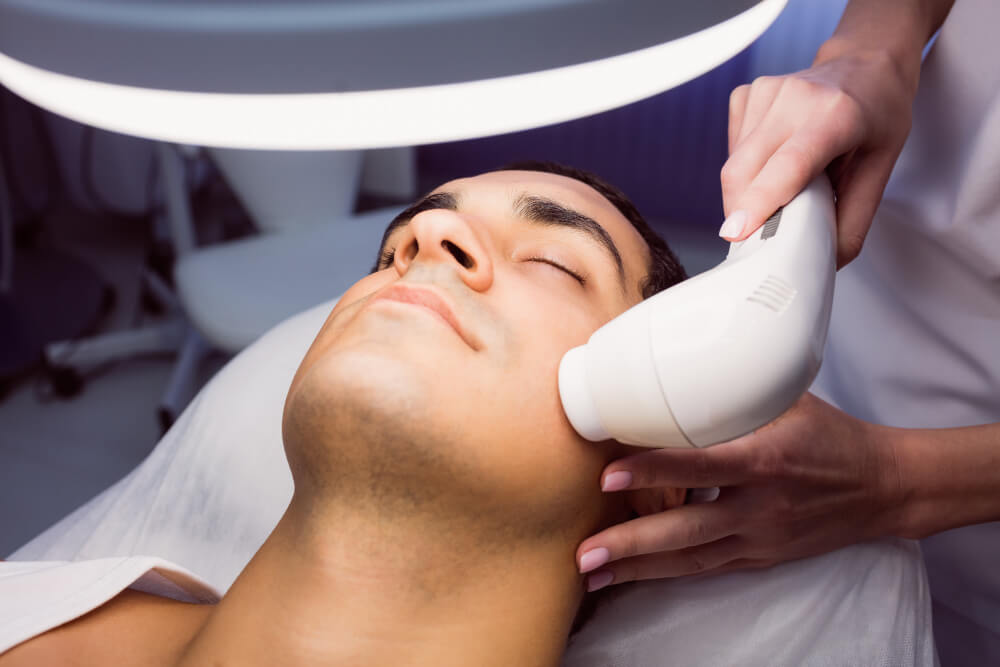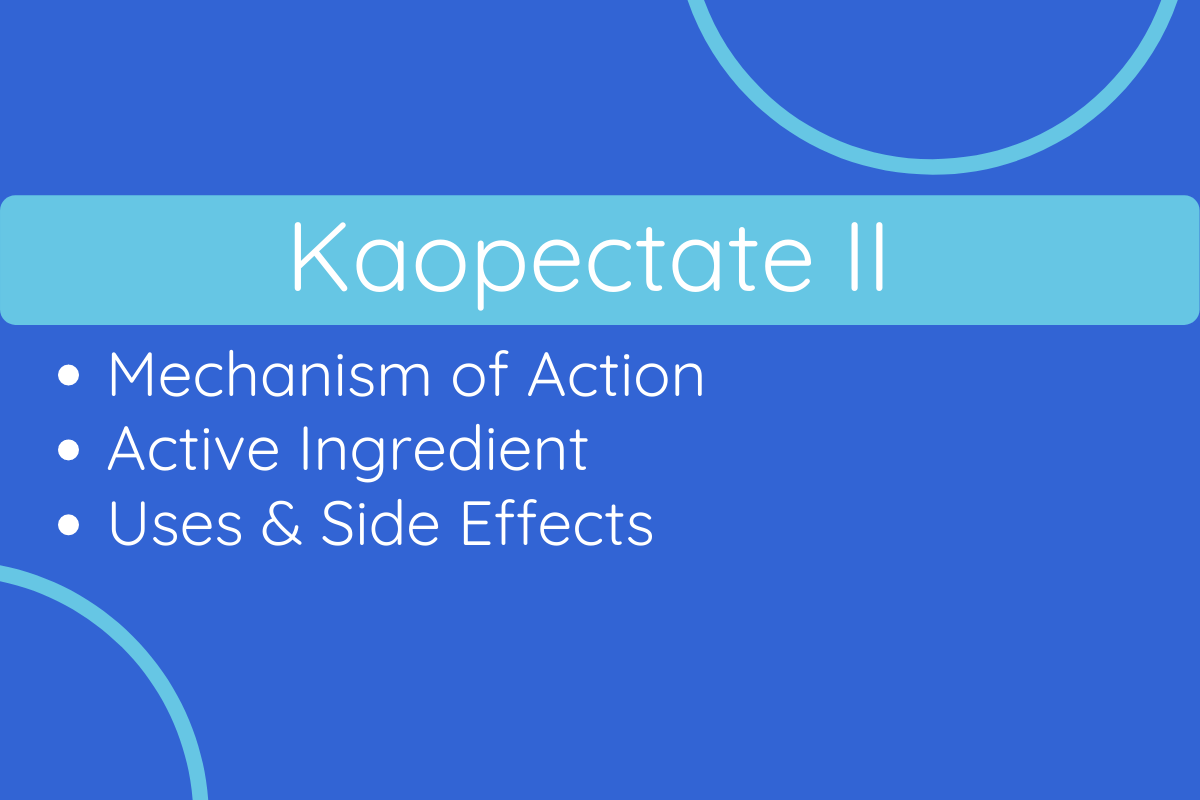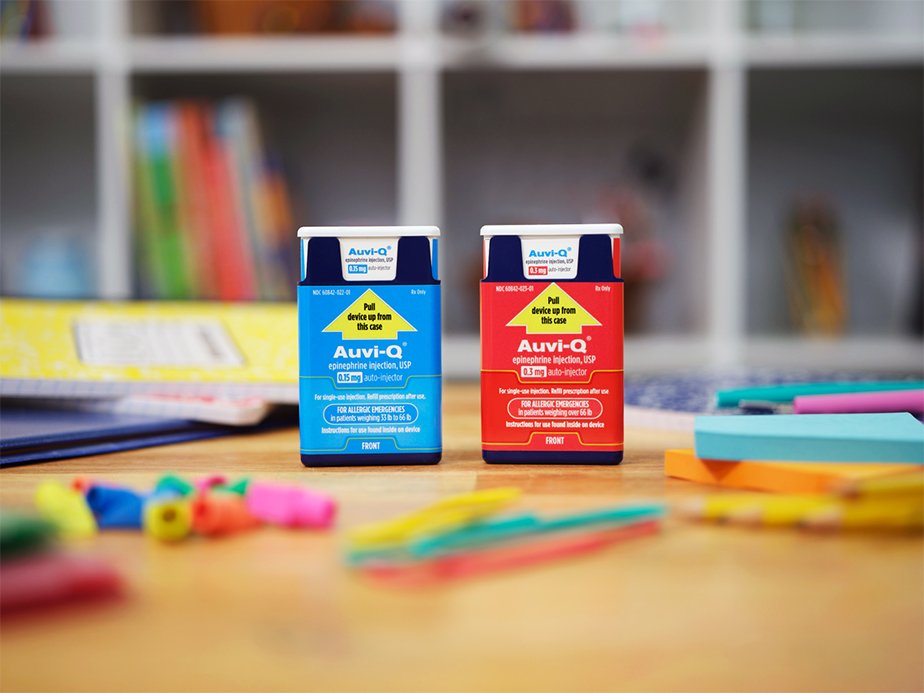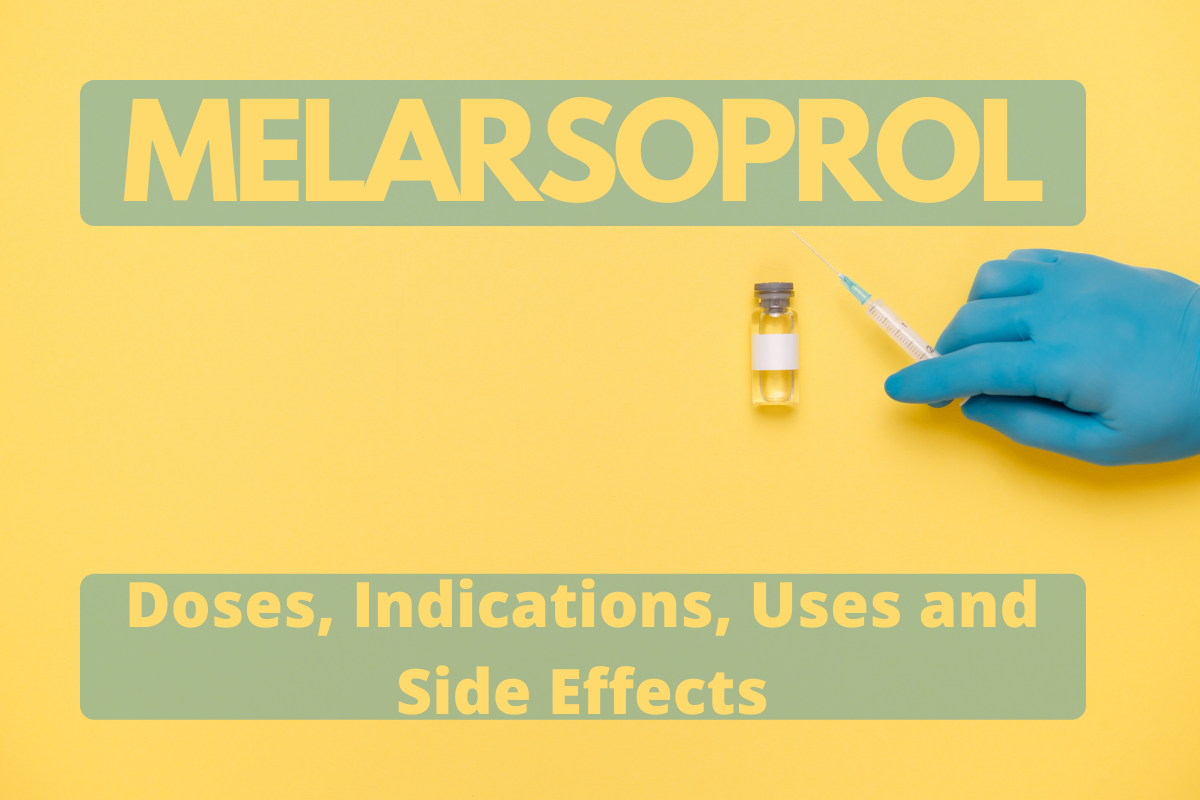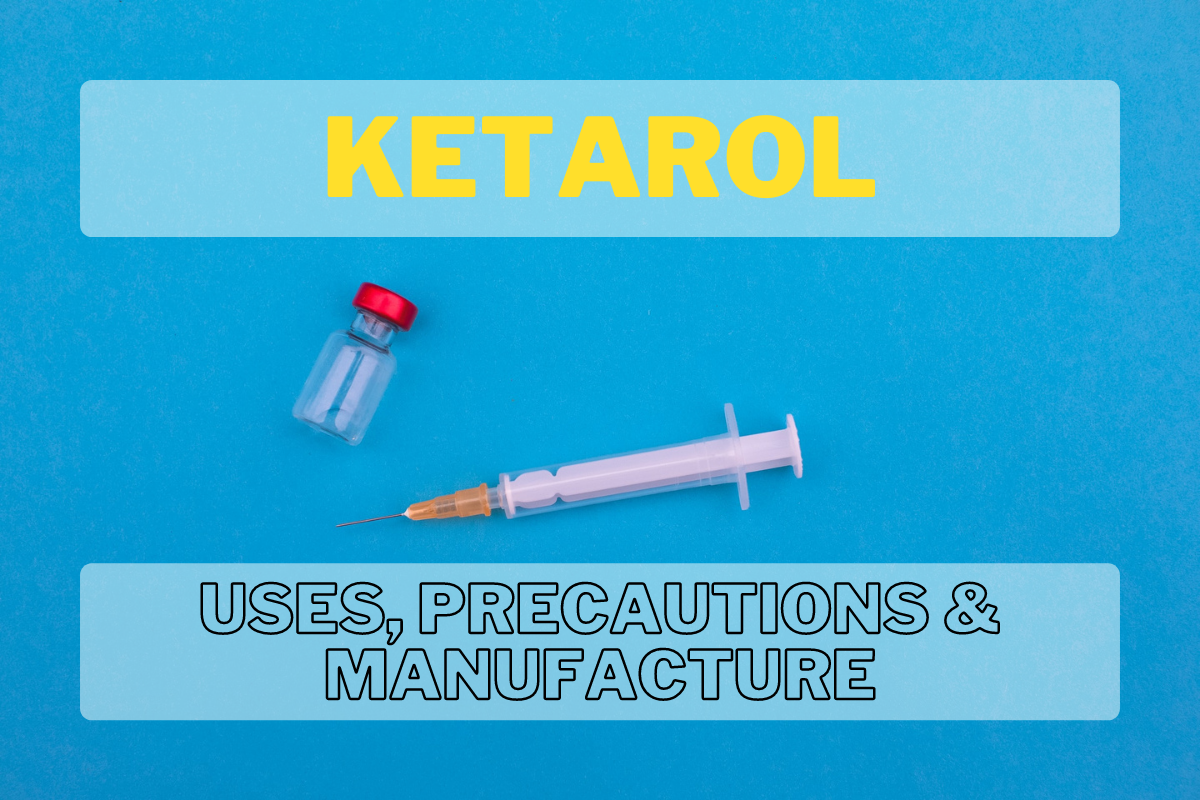Adapalene vs Benzoyl Peroxide: Decoding the Best Acne Treatment
Let’s look at the differences between Adapalene vs Benzoyl Peroxide. Adapalene and Benzoyl Peroxide are acne-fighting ingredients with distinct mechanisms: Adapalene promotes skin cell turnover and reduces inflammation, while Benzoyl Peroxide targets acne-causing bacteria, making them effective in different aspects of acne treatment. Choosing between them depends on individual skin needs and the type of … Read more

